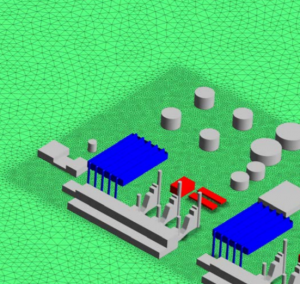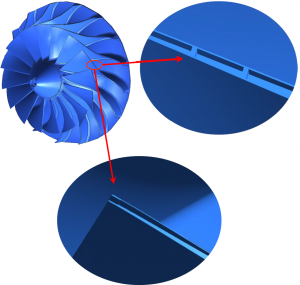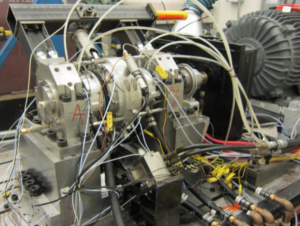Proceedings of ASME Turbo Expo 2015
GT2015-42473
The continuously growing request for high operational flexibility and extreme customization also for large scale steam turbine creates new challenges in the design of steam machineries. Most components in fact need to be operated, and hence verified, in conditions far from those they were originally designed for. Constant upgrade of selection tools for the assembly of the engine is thus required to extend correlations applicability range for both averaged aerodynamic performance and unsteady effects of critical components.
In this context a trip valve of a medium sized steam turbine was analyzed by means of CFD analysis. The investigation had two principal objectives: the estimate of aerodynamic losses within the valve and the evaluation of fluctuating loads effects.
For the time averaged behavior, first pressure losses across the strainer band were evaluated through a detailed simulation of the filter geometry in a simplified configuration to characterize an equivalent distributed momentum loss in the complete domain. Steady state solutions of the flow within the valve and the diffuser were then obtained for the entire range of operations to evaluate the global valve loss coefficient.
The unsteady steam behavior is predicted by means of the Scale Adaptive Simulation principle to evaluate major characteristic frequencies and verify fluctuations amplitudes on critical points.
Finally an acoustic propagation analysis is performed to estimate possible interactions between aerodynamic forcing and proper acoustic modes both verifying sufficient decoupling between aerodynamic and acoustic proper frequencies and analysing the forced acoustic response when subjected to registered pressure fluctuations.




